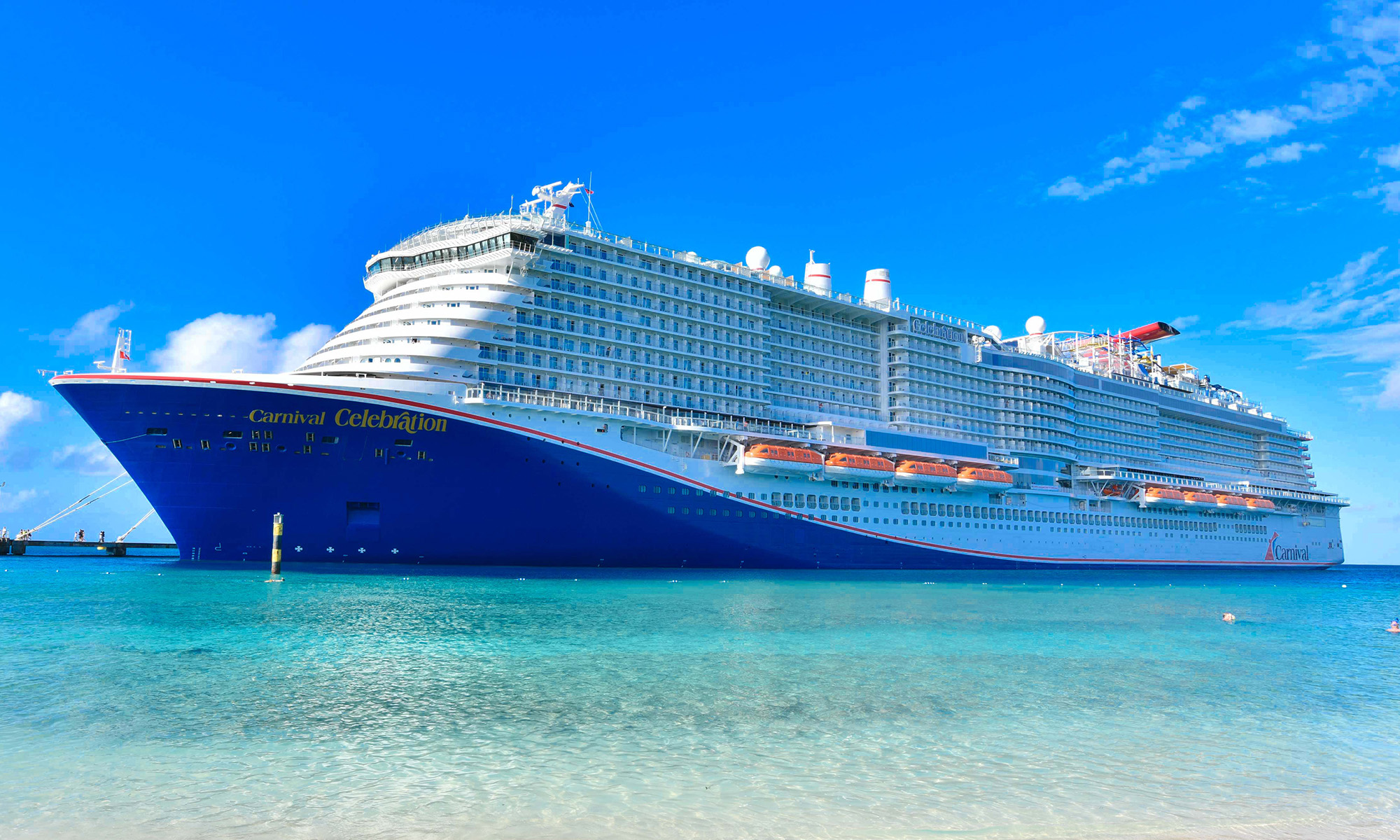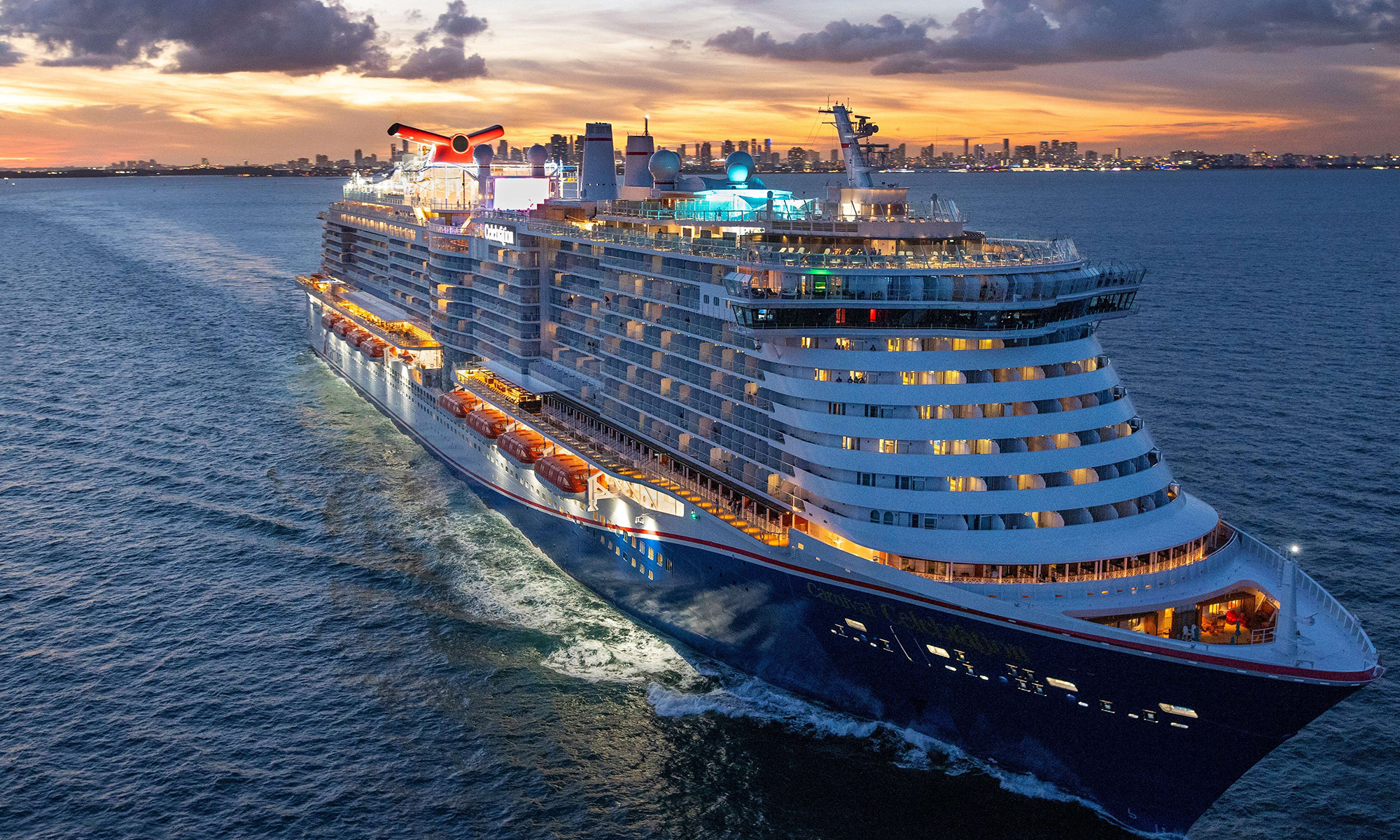Carnival Corporation & plc (CCL 1.77%) (CUK 1.95%) claims that 2017 is "off to a good start" following Tuesday's quarterly report, but don't make the mistake of thinking that it was smooth sailing for the world's largest cruise line operator. Increased demand spurring an uptick in bookings and passengers willing to pay more for their berths combined to more than offset the challenges of rising fuel costs and negative foreign currency swings.
Revenue clocked in at $3.791 billion for the fiscal first quarter, 4% ahead of the prior year's showing. A 3% uptick in ticket revenue -- accounting for the lion's share of its business at 74% of Carnival's top-line results -- and a 6% gain in what it made from passengers once on board worked hand-in-hand to deliver its fifth consecutive quarter of year-over-year growth. Streaks are important in this cyclical travel niche. The five-quarter run of positive top-line gains follows a string of four quarters of declining revenue.
Reported income more than doubled, but that's a figure that investors need to take with a grain of salt water. Carnival routinely scores big gains and losses as it bets on fuel derivatives to offset potential spikes in energy costs. Back out those gains and losses as well as other net charges and Carnival's adjusted net income of $0.38 a share is roughly in line with the $0.39 a share it earned during last year's fiscal first quarter.

Image source: Carnival.
Catching a wave
Gross revenue yields is a metric that any cruise industry investors needs to watch, as it gauges the revenue that Carnival is scoring per available lower berth day. Gross revenue yields rose a modest 0.1%, but in constant currency, we're talking about net revenue yields rising 3.8% for the quarter, nearly double the midpoint of the guidance it provided for the period back in December.
It's not getting any cheaper to run a cruise ship, as gross cruise costs per available lower berth day rose 2.9%. Exclude fuel costs and net cruise costs rose 3.2% on a constant currency basis, this metric also clocked in higher than Carnival's earlier guidance.
Wave season -- the first few weeks of the calendar year -- is peak booking season for cruise lines, and Carnival's faring well. Advance bookings for the balance of 2017 are well ahead of where they were at this point last year, and folks are paying more for their cabins. This obviously means that there are now fewer berths available, an inventory feat that should keep cruise fares as buoyant as the vessels. Carnival is boosting its bottom-line outlook, expecting to earn between $3.50 and $3.70 in adjusted earnings per share. Back in December, the range was between $3.30 and $3.60 per share.
Boost your guidance and paint a rosy portrait of your near-term prospects and the market's going to like what it hears. Carnival's strong report on Tuesday sent the shares to an all-time high. Between strong bookings and the new Carnival Ocean wearable tech that should enhance the cruising experience as well as the Carnival's coffers, fresh highs this week are not a surprise.







